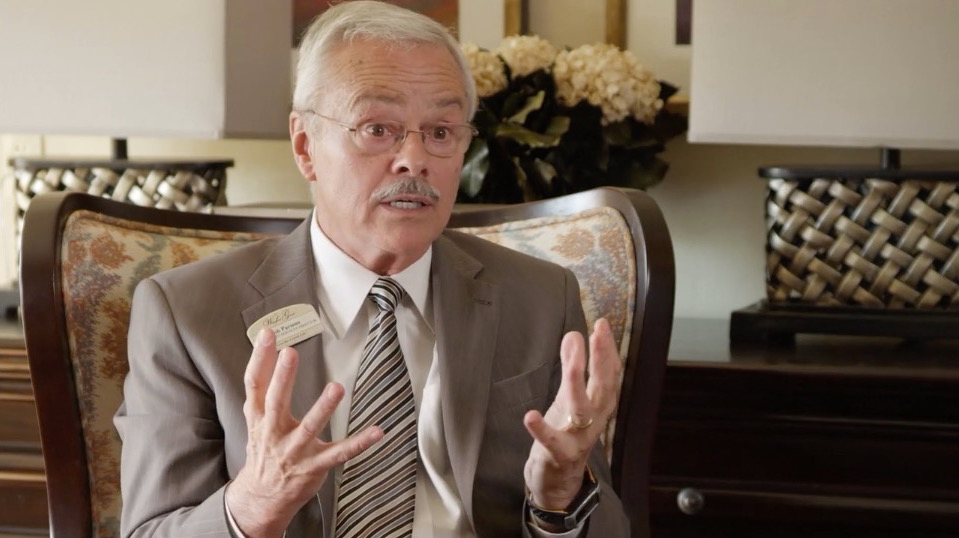The key to many great corporate videos is great interview footage, which is a mixture of the right subject, the right setting, the right framing, and most importantly proper audio. Interviews are the toughest and most important part of most corporate video shoots because the people being interviewed are not trained professionals, the locations are often not ideal from an audio perspective, and most corporate videos lack the budget for a production designer let alone a production design department with set dressers and rented items to beautify a space. Though challenging, like most aspects of corporate video production, gathering quality interviews is largely a matter of careful planning.
The first critical element to obtaining great interviews is selecting the right subjects. Our company has shot hundreds of videos with interview commentary and the best ones with the strongest quotes are always the videos where our client chose great subjects. As with film production in general, much of the battle is won during pre-production, not only in selecting the right interview subjects but in crafting the right questions. To create a list of the best possible questions, first think about what answers or comments you want in the finished video.
If the project is a company overview video, think about asking questions about the corporate philosophy, the target consumer for the products or services, and what differentiates the company from other, similar companies or offerings. A well prepared list of questions and the right interview subjects make for a great start to obtaining quality interviews.
Even the location of interviews can be discussed and planned before the day of the shoot to avoid a rushed decision or a less-than-ideal setup. The client can provide pictures of a number of locations they have in mind to give the videographer and production company time for feedback. Keep in mind when choosing a location, visual appeal is just one aspect of the perfect location. Lighting is another major consideration, specifically making sure the interview spot is not right next to a window without proper drapery or shading. Outdoor light and indoor light have different color temperatures, meaning they should not be mixed. To match the outdoor color temperature for indoor lighting is possible, but requires a lot of light, which means a lot of power, all of which adds huge costs. Corporate video production is about saving money and achieving quality results affordably.
The final major consideration of location choice is the quietness of the interview spot. Filming in a room without proper soundproofing is a risk if the hallway outside is heavily trafficked. Likewise, outdoor filming for interviews looks pretty, but can be an audio nightmare with distractions like planes, lawnmowers, and traffic; don’t even think about filming near a water feature. Also consider white noise our brains often tune out, such as air conditioning units, refrigerators, fish tank filters, etc. Make sure a building engineer can temporarily shut off the room’s HVAC or other noise creator, in addition to unplugging any telephones in the room during the filming.
Other aspects of great interviews are the territory of the videographer, who has to make sure the subject is properly framed and set up for audio. Most interviews are framed so the subject is seen from the waist up, cutting off the frame just above the top of the head, and usually just off-center. If the subject is in the exact center of the frame, the look is too staged and less natural. When interesting visual elements are present to one side, a videographer may choose to frame the subject more to the other side, creating a nice composition. For clothing, try to avoid black, white, and red shirts or tops where possible. Black shirts absorb light, white reflects it, and red can bleed on camera. Pastel shirts are excellent choices, but avoid shirts or tops with patterns and stripes because they can create a strange moire effect especially on digital cameras.
Recording proper audio involves using professional audio gear like a lavaliere microphone attached to the lapel of the subject or on their collar or using a boom mic or “shotgun” mic, either held above the subject’s head pointed at their chest, or mounted on a stand. No professional videographer will ever use camera audio for interviews unless an emergency arises because the quality of camera microphones is not ideal for professional use, the microphone is too far from the subject, and the audio will sound hollow and distant. With proper planning and understanding from the client about how to prepare, interviews can look and sound great along with containing the right content for a powerful finished video.

